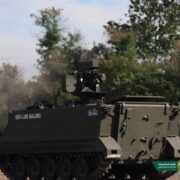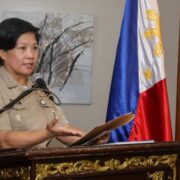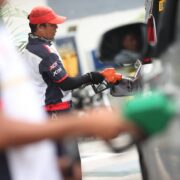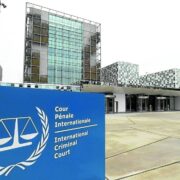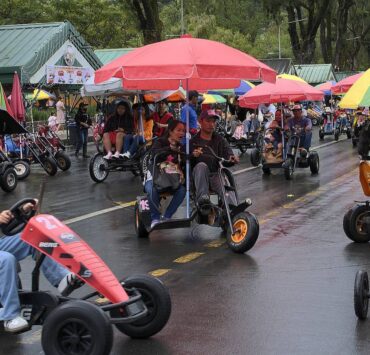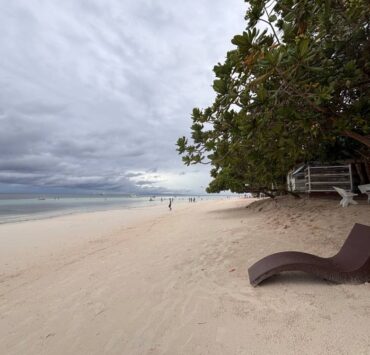Localities near Mt. Kanlaon told to brace for ‘uncertainties’
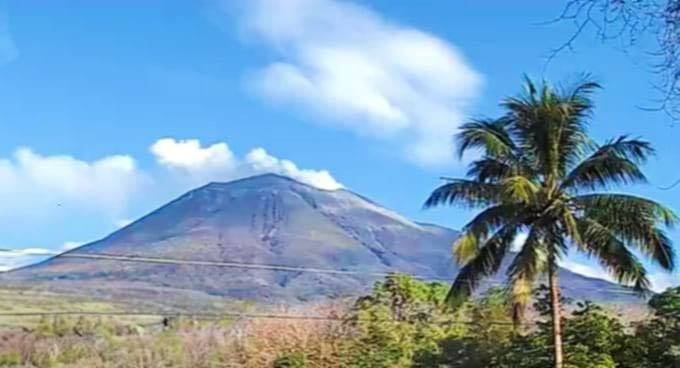
BACOLOD CITY – Better ready than sorry.
The Philippine Institute of Volcanology and Seismology (Phivolcs) has asked local governments near Mt. Kanlaon on Negros Island to prepare for a worst-case scenario should the volcano erupts again.
“We have entered a period of magmatic unrest following the December eruption as evidenced by the new magma content in the ash and persistent ash venting,” said Mariton Antonia Bornas, chief of the Phivolcs Volcano Monitoring and Eruption Prediction Division.
“The volcanic activity is unpredictable. We have no handle on timelines. It is the volcano that determines this. This uncertainty underscores the critical need for local government units to develop comprehensive preparedness plans. They can plan for all scenarios, not just one,” she added.
Bornas said the slow progression of the volcanic unrest suggested that the communities surrounding Mt. Kanlaon could face days to months of uncertainty before any explosive or effusive eruptions occur.
“As far as we can see from the data, Kanlaon is preparing to erupt. But when, how, how long, and how large, it is uncertain,” she said.
Divine intervention
Negros Occidental Gov. Eugenio Jose Lacson appealed to the public for prayers to stop another eruption of Mt. Kanlaon.
The volcano is now under alert level 3 (high level of volcanic unrest), which was raised from level 2 after it erupted on Dec. 9. If alert level 4 is declared, it means a magmatic process can progress into a highly hazardous eruption.
“Negros needs a miracle. Prayers are needed. What we really need now is divine intervention that Mt. Kanlaon will all of a sudden just calm down and rest. Experts are saying it will erupt but they don’t know when it’s going to happen,” he said.
Lacson said he was calling for a meeting with representatives from the Office of Civil Defense (OCD) next week to determine whether or not the evacuees could return home.
He said the evacuees may eventually grow tired after staying for three weeks in evacuation centers.
“Our concern is they could get sick, they may be safer to stay home health wise,” he said.
Lacson said that after the June 3 eruption of Mt. Kanlaon, the evacuees were allowed to go home but had to be brought to shelters again after the Dec. 9 eruption.
State of calamity
The governor said that while the possibility of the evacuees having to stay in the evacuation centers for a much longer period was high, “we want to at least discuss if it is possible for them to return home.”
Since a state of calamity remained in effect in Negros Occidental, Lacson said this would enable the provincial government to use its 2025 quick response fund (QRF) to feed the evacuees should the 2024 WRF would run out.
There are currently 14,321 evacuees in 34 evacuation centers and 6,987 displaced persons staying with relatives and friends in Negros Occidental and Negros Oriental.
Canlaon City, the lone locality in Negros Oriental affected by eruption, has appealed for additional support from the national government, non-government organizations, and private entities to bolster resources and aid for displaced families.
The city previously received P30 million from Malacañang to augment its fast depleting QRF.
Mt. Kanlaon straddles Canlaon City and the cities of Bago, La Carlota and San Carlos and the towns of Murcia and La Castellana in Negros Occidental.









